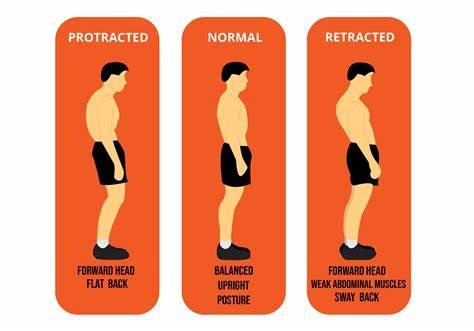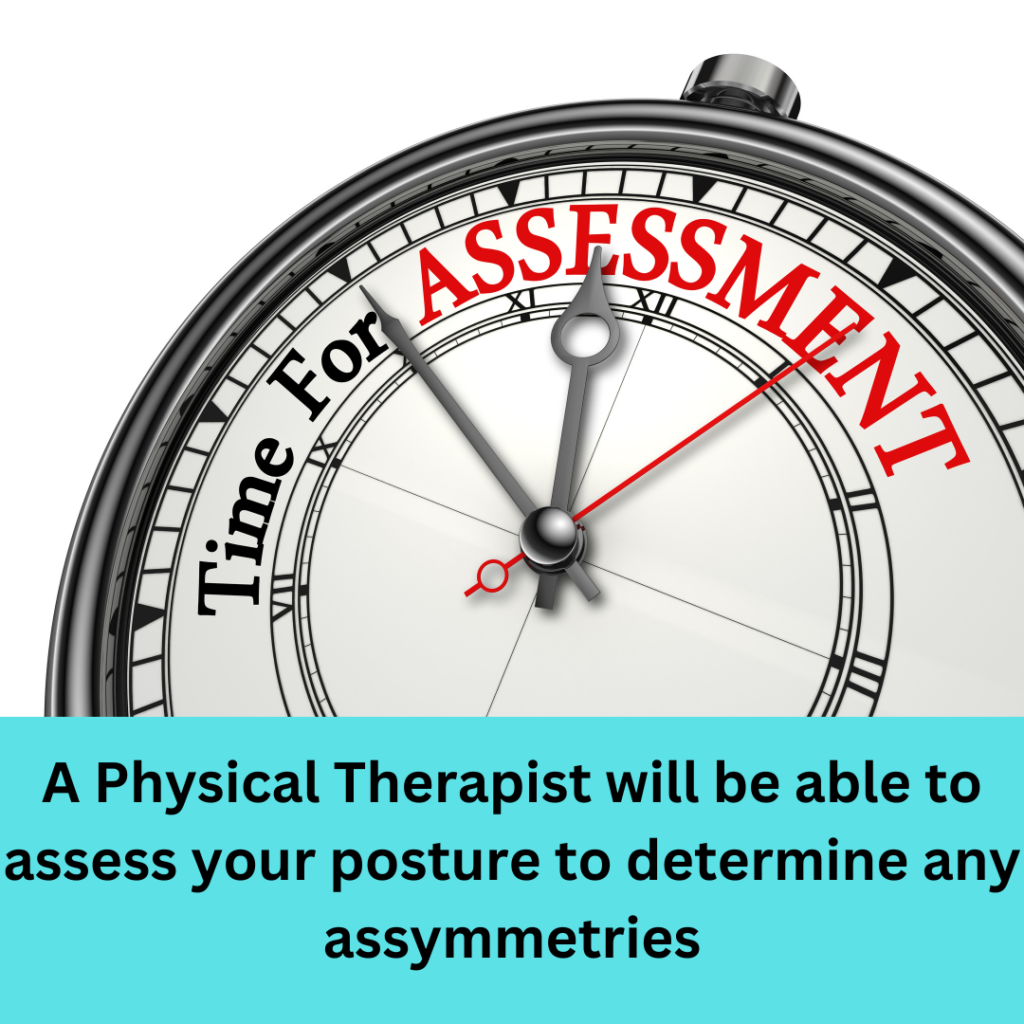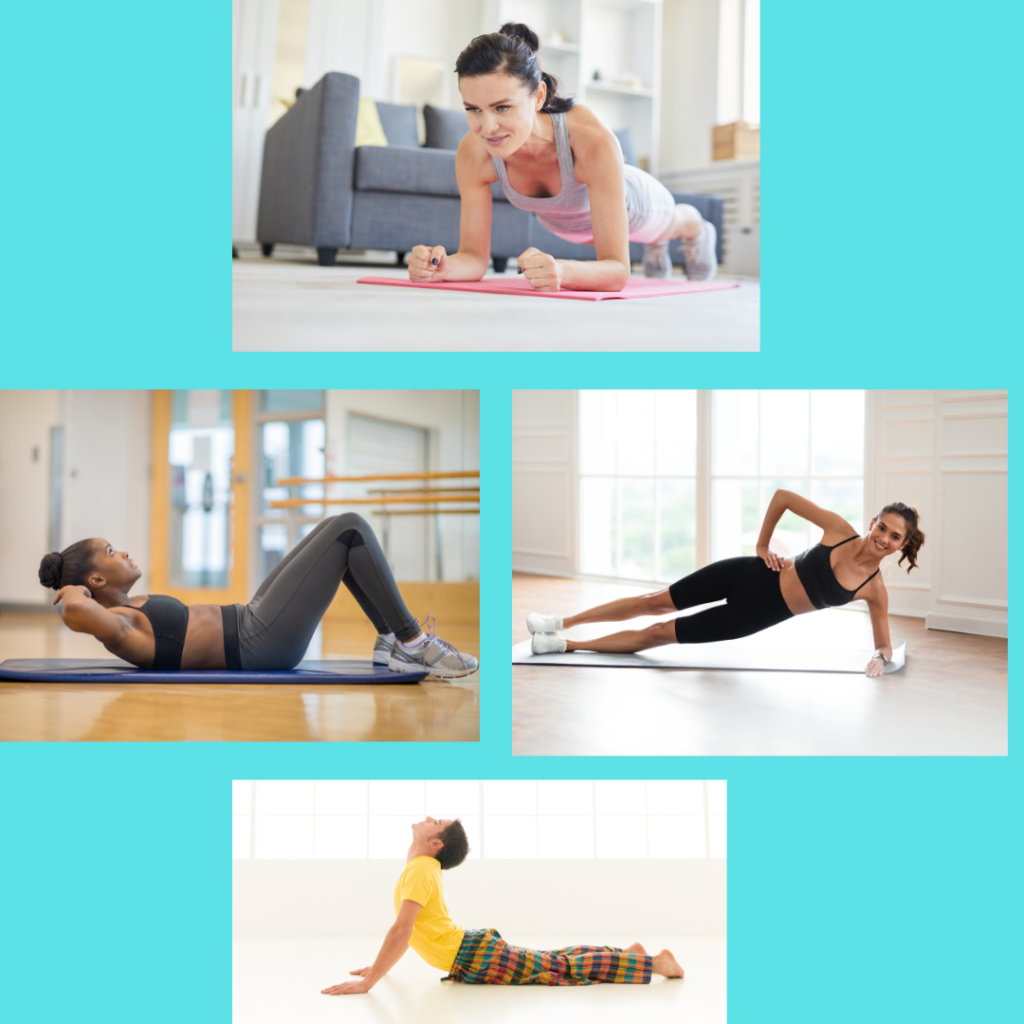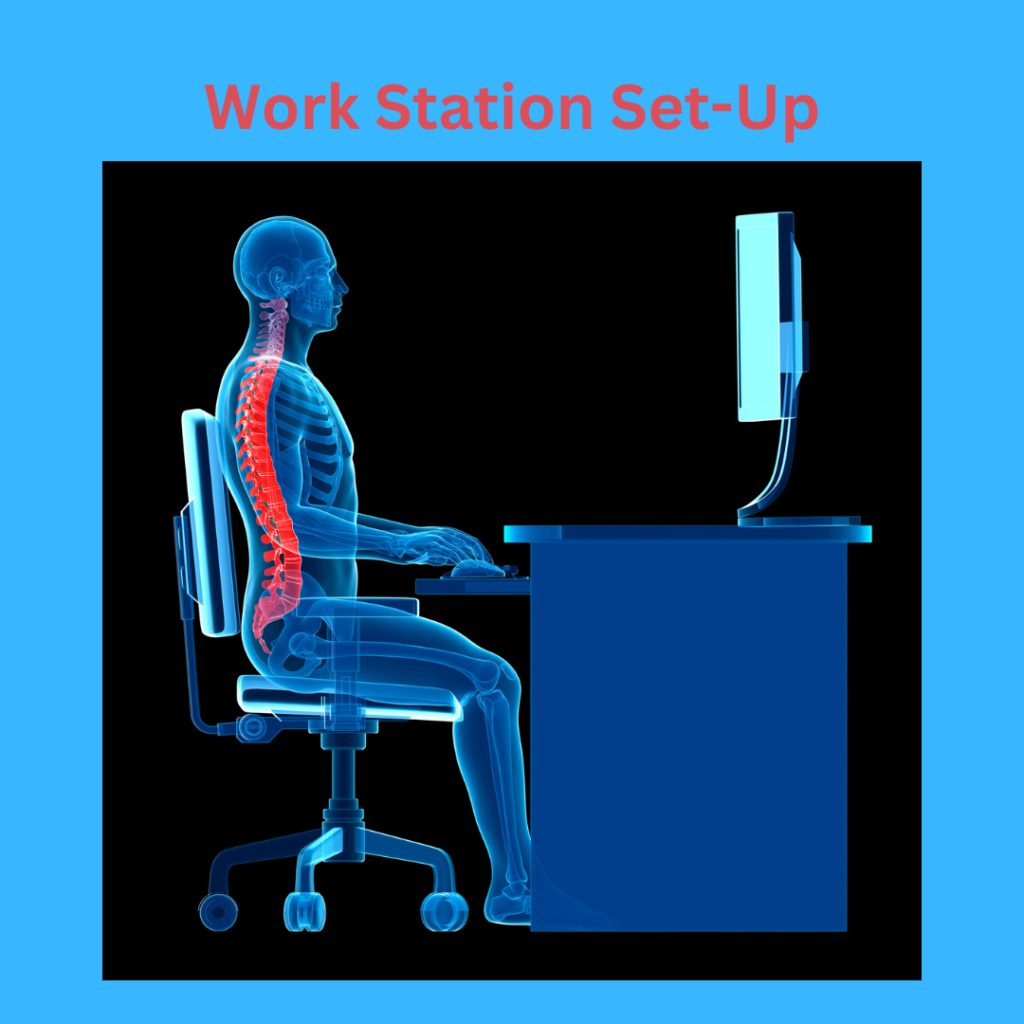In a previous post, we spoke about “Why” you may have ‘poor’ posture. Now let’s talk about what you can do to regain ‘good’ posture.
Good posture is essential for overall health and well-being. It not only helps you look confident but also prevents various physical problems like back pain, neck strain, and fatigue.
If you find yourself slumping often, it’s time to take action. Here’s a comprehensive guide on how to fix your posture.
1. First, Understand the Importance of Good Posture
Good posture involves training your body to stand, walk, sit, and lie in positions where the least strain is placed on supporting muscles and ligaments. Remember, this is not about “perfect posture,” but instead is about finding a posture that places the least amount of stress on your body. Once you do this, you will:
- Reduce back and neck pain – Many of us sit or stand with a forward head posture. This may eventually lead to headaches as the muscles involved tend to place pressure on your sub occipital nerves.

- Decrease risk of injury – Maintaining a neutral stable posture will prevent your joints from being stressed repetitively.
- Improve breathing and circulation – Reducing shoulder protraction will allow you to ‘open’ your chest and this will allow fuller, deeper breaths.

2. So, How is Your Posture Anyway?
Before making changes, it’s important to assess your current posture. Stand in front of a mirror and check the following to see “How” you are positioned:
- Are your shoulders level?
- Is your head in line with your shoulders?
- Are your hips level?
- Do you have a natural curve in your lower back?

- So, you now see “How” you are positioned. Consider working with a Physical Therapist to find out “Why” you are positioned the way you are.
3. Strengthen Core Muscles
A strong core is crucial for maintaining good posture. Incorporate these exercises into your routine:

- Planks: Hold a plank position for 7-10 seconds, focusing on keeping your body in a straight line. In a plank, you start on the floor on your belly. Prop up onto your toes and your forearms so that your elbows are directly beneath your shoulders. Do not let your lower back sag.
- Side Plank: Lie on your right side. Prop up onto the right forearm/elbow which will be directly under your shoulder. Do not let your hips sag to the floor. Hold for 7-10 seconds. Repeat on the left side.
- Crunches: Perform crunches to strengthen your abdominal muscles.
- Shoulder Blade Squeeze: Sit or stand and squeeze your shoulder blades together. This will open your chest to allow fuller deeper breaths. Hold for 3 seconds and relax. Repeat 10-15 times.
- Prone Prop: Lie on your belly. Keeping your hips on the floor, prop your upper body off the floor by resting on your forearms.
4. Practice Good Posture Habits
Sitting Posture:

- Sit back in your chair with your back straight and shoulders back.
- Keep your feet flat on the floor.
- Ensure your knees are at a right angle and level with your hips.
- Use a lumbar support pillow if needed.
Standing Posture:
- Stand with your feet shoulder-width apart.
- Keep your weight evenly distributed on both feet.
- Pull your shoulders back and down.
- Engage your core and tuck your pelvis slightly to maintain a neutral spine.
- Have a Therapist assess your feet. Are your arches flat? Do you feel like more of your weight is placed on one foot? Ask for a custom foot scan to assess the stability of your feet. We do this right here inside the clinic!
Sleeping Posture:
- Use a supportive mattress and pillow.
- Sleep on your back or side, avoiding stomach sleeping which can strain the neck. If you must sleep on your stomach, place a pillow under your pelvis to minimize the extension in your lower back. You can also place a rolled up towel at your forehead to avoid uncomfortable extension or rotation of your neck.
- Place a pillow under your knees if you sleep on your back, or between your knees if you sleep on your side.
5. Ergonomic Workspace Setup
Ensure your workspace supports good posture:

- Chair: Use an ergonomic chair that supports your lower back. Adjust the height so your feet are flat on the floor.
- Desk: Your desk should be at a height where your elbows are at a 90-degree angle when typing.
- Monitor: Position your monitor at eye level to avoid neck strain. I advise many of my clients to write the word “Posture” on a Post-It and stick it to the monitor so it reminds them to correct their posture.
6. Take Regular Breaks

Sitting or standing in one position for too long can strain your muscles. Take regular breaks:
- Stand up and stretch every 30 minutes.
- Walk around to promote circulation.
- Perform quick stretching exercises to relieve tension.
7. Stretch and Relax
Incorporate stretching into your daily routine to maintain flexibility and relieve muscle tension:
- Neck Stretches: Gently tilt your head towards each shoulder, holding for 15-30 seconds.
- Shoulder Rolls: Roll your shoulders forward and backward to release tension.
- Hamstring Stretches: Sit with one leg extended and reach towards your toes, holding for 15-30 seconds on each side.
- Prone Prop: Lie on your belly and prop up onto your Forearms to Stretch Your Hip Flexors which may become tight if you sit for extended time.
- Doorway Stretch: Stand inside the doorway. Place your arm on the door frame so that your shoulder and elbow are at 90 degrees. Gently lean forward until you feel a stretch in your chest. Hold 20-30seconds and repeat on the other side.
8. Mindfulness and Body Awareness
Being mindful of your posture throughout the day can help reinforce good habits:
- Set reminders on your phone or computer to check your posture. Correcting your posture is much better than buying and relying on a “posture brace,” which passively positions you in a neutral posture. Passively doing this does nothing to strengthen your muscles.
- Use apps or wearables that track and remind you to maintain good posture.
- Practice mindfulness techniques to stay aware of your body positioning.
Conclusion
Fixing your posture takes time and conscious effort, but the benefits are well worth it. By strengthening your core, practicing good posture habits, setting up an ergonomic workspace, taking regular breaks, and incorporating stretching and mindfulness, you can significantly improve your posture and overall health. Start making these changes today and enjoy the positive impact on your body and mind!








